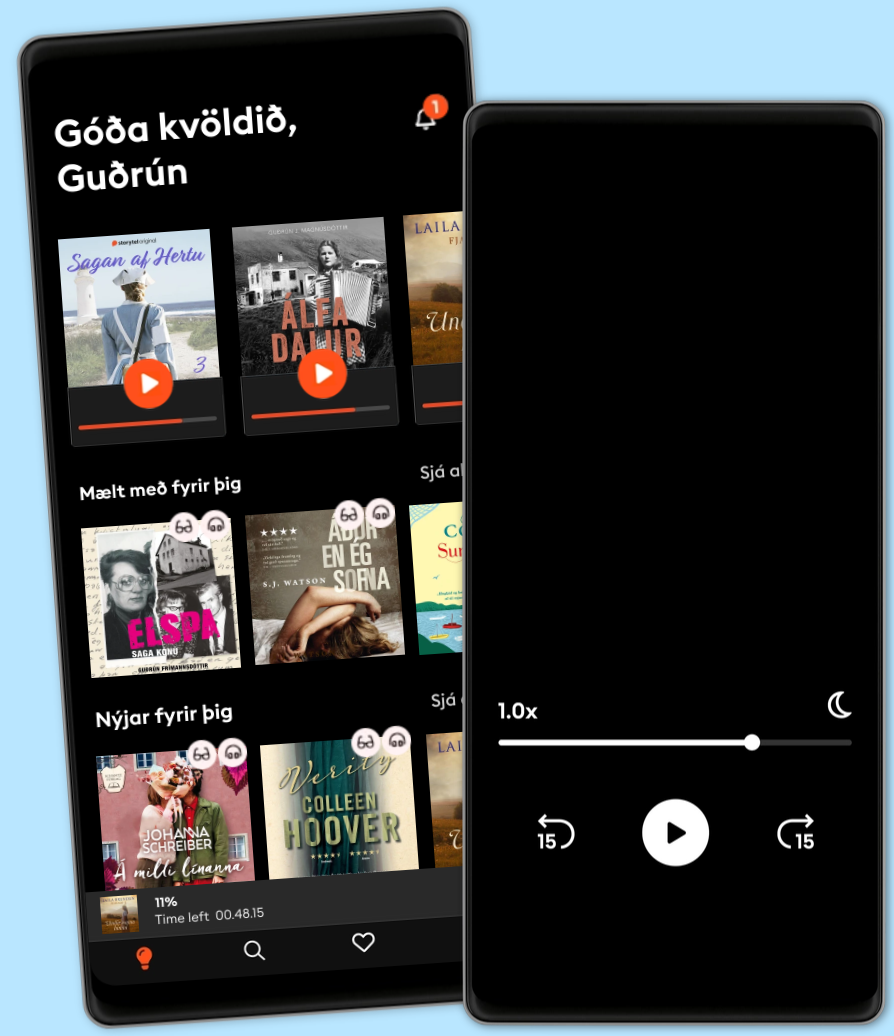Hlustaðu og lestu
Stígðu inn í heim af óteljandi sögum
- Lestu og hlustaðu eins mikið og þú vilt
- Þúsundir titla
- Getur sagt upp hvenær sem er
- Engin skuldbinding

How Comics Are Made: A Visual History from the Drawing Board to the Printed Page
- Höfundur
- Útgefandi
- Tungumál
- enska
- Format
- Flokkur
Óskáldað efni
“No one, before now, has written a history of the comic strip as a technological artifact—not, at least, in such depth, and on such a sound foundation of research.” – Michael Chabon, author, The Amazing Adventures of Kavalier & Clay
If you love comics, you’ll love this visual history of comic strips featuring all of the methods, techniques, and wizardry that made the funny pages such an important staple of American life. Featuring interviews with dozens of the century's most famous cartoonists and hundreds of rare archival images.
How Comics Are Made covers the entire history of newspaper comics from a unique angle—how they were made and printed. This book combines years of research and dozens of interviews with cartoonists, historians, and production people to tell the story of how a comic starts with an artist’s hand and makes it way through transformations into print and onto a digital screen. You’ll see reproductions of art and artifacts that have never appeared in print anywhere, and some historic comics will appear for the first time ever in any medium in this book. And you’ll find out about metal etching, Dragon’s Blood (a real thing), flong (also a real thing), and the massively, almost impossibly complicated path that original artwork took to get onto newsprint in the days of metal relief printing.
The book is divided by time and transitions, from the start of consistently appearing daily and weekly comics in newspapers:
The Early Days: • From the Yellow Kid in the 1890s to the 1910s Syndication in Metal: • When it became affordable to make hundreds or thousands of copies of daily strips to send around the country (or world), from the 1910s to 1970s Flatland: • Newspapers’ switch from relief to flat printing and the shift to purely photographic transformations from the 1950s to the 1980s Pixel Perfect: • The transition from photographic to digital, from scanning to digital creation, from the 1970s to 2000s and through the present day Webcomics and Beyond: • Look, ma, no ink! Digital comics read online and sometimes put on press to make books
Each section features interviews with artists, reproductions of original cartoon art, printing and coloring artifacts, and the way cartoons appeared in print—or on screen.
© 2025 Andrews McMeel Publishing (Rafbók): 9798881604462
Útgáfudagur
Rafbók: 3 juni 2025
Merki
Aðrir höfðu einnig áhuga á...
- The Perks of Being a Wallflower Stephen Chbosky
- Exposure: Poisoned Water, Corporate Greed, and One Lawyer's Twenty-Year Battle Against DuPont Robert Bilott
- How to Prepare for Climate Change David Pogue
- The Cabinet of Dr. Caligari vol 1 G. B. Royer
- Freud Anthony Storr
- Living and Dying with Marcel Proust Christopher Prendergast
- The Extended Mind: The Power of Thinking Outside the Brain Annie Murphy Paul
- Ovid: A Very Short Introduction Llewelyn Morgan
- The Enormous Room E.E. Cummings
- The (Almost) Zero-Waste Guide: 100+ Tips for Reducing Your Waste Without Changing Your Life Melanie Mannarino
- Opinberanir Torill Thorup
4.3
- Út við svala sjávarströnd Birgitta H. Halldórsdóttir
4
- Dauðinn einn var vitni Stefán Máni
4.4
- 17 ástæður til að drepa Unnur Lilja Aradóttir
4
- Lára missir tönn Birgitta Haukdal
4.6
- Jólabókarleitin Jenny Colgan
3.6
- Ástríðan í fjöllunum Karin Härjegård
4.3
- Ég ætla að djamma þar til ég drepst Ívar Örn Katrínarson
4.4
- Völundur Steindór Ívarsson
4.3
- Ég er ekki dáinn Erik Engelv
3.8
- Lykillinn Kathryn Hughes
4.4
- Heim fyrir myrkur Eva Björg Ægisdóttir
4.2
- Hann átti mig: Sönn saga um það að komast lifandi frá ofbeldismanni Leone Milton
4.3
- Vigdís - Kona verður forseti Páll Valsson
4.6
- Litla kökuhúsið í París Julie Caplin
4
Veldu áskrift
Hundruðir þúsunda raf- og hljóðbóka
Yfir 400 titlar frá Storytel Original
Barnvænt viðmót með Kids Mode
Vistaðu bækurnar fyrir ferðalögin
Unlimited
Besti valkosturinn fyrir einn notanda
1 aðgangur
Ótakmörkuð hlustun
Engin skuldbinding
Getur sagt upp hvenær sem er
Family
Fyrir þau sem vilja deila sögum með fjölskyldu og vinum.
2-6 aðgangar
100 klst/mán fyrir hvern aðgang
Engin skuldbinding
Getur sagt upp hvenær sem er
2 aðgangar
3990 kr /á mánuðiÍslenska
Ísland